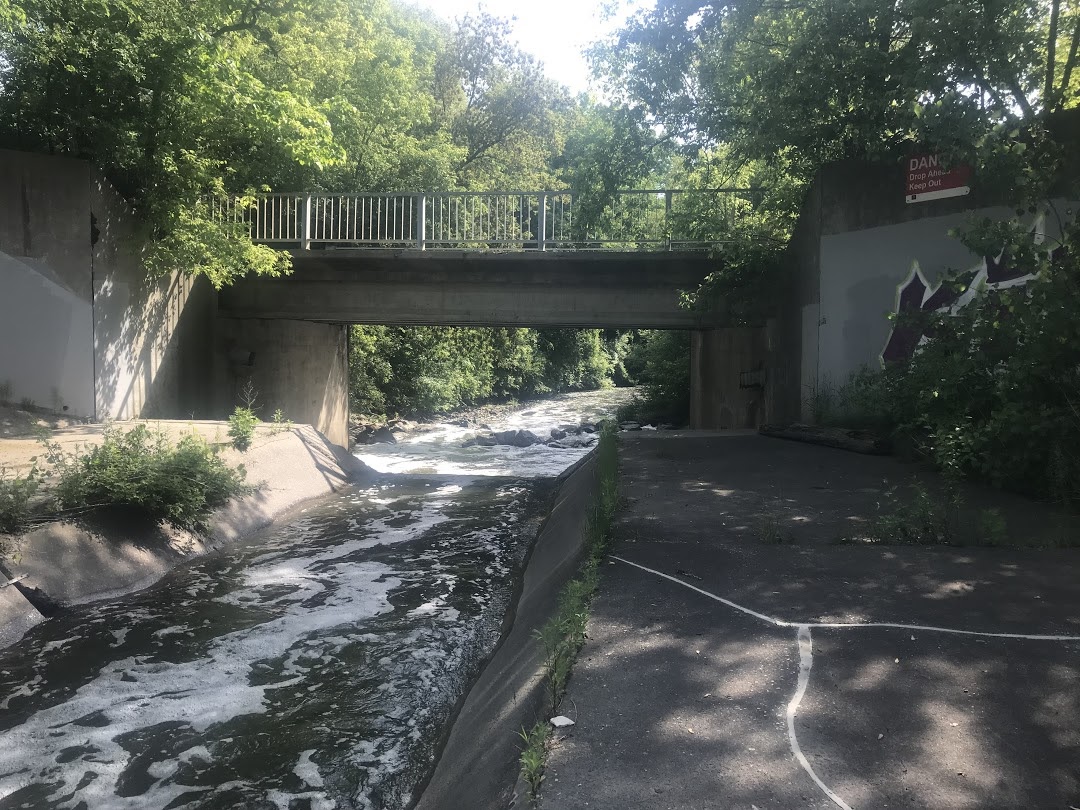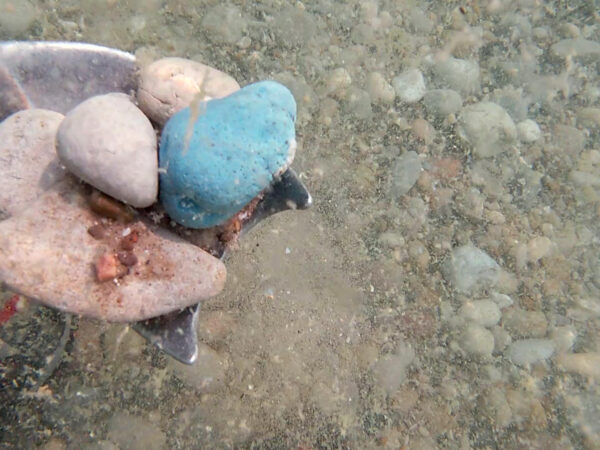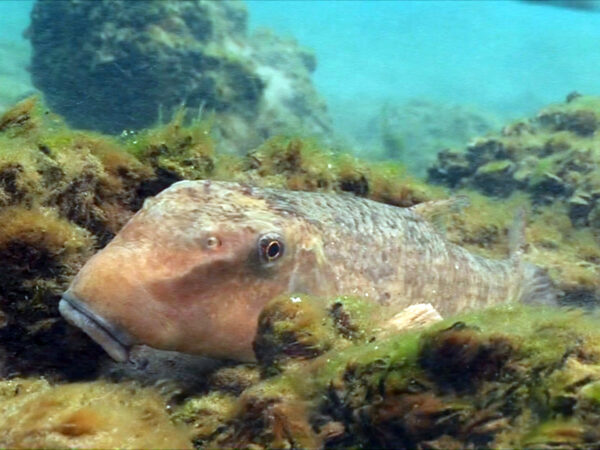
As spring comes to the Great Lakes region and icy roads and sidewalks become a distant memory, a new study shows the salt we apply over the winter can linger in summertime rivers at alarming levels.
The University of Toronto study measured chloride in four Greater Toronto Area rivers and found it was high enough in many locations to put at least two-thirds of aquatic life at risk during early stages of their development.
Nearly 90% of 214 sampled sites exceeded Canada’s chronic exposure guidelines for chloride. This is the level at which at least 5% of fish and invertebrates see some kind of negative impacts – including death – after seven days of exposure. The study also showed 13% of sites exceeded the acute guidelines – the level at which the same impacts are seen after 24 to 96 hours.
“Road salt is heavily studied in winter because that’s when we see it and think about it,” said PhD student Lauren Lawson. “In the summertime, we completely forget about it.”
When Lawson and her study co-author, University of Toronto aquatic ecologist Donald Jackson, began looking into a project for her dissertation, they found very little research on summertime chloride levels in freshwater rivers and lakes.
So over the course of two weeks in July and August of 2019, Lawson walked more than 150 km (roughly 93 miles) to sample water from four rivers leading into Lake Ontario – the Humber and Don rivers, plus the Etobicoke and Mimico creeks.
Nearly all sample sites within the city showed levels above the 120 mg/L chronic exposure thresholds for chloride during summertime. Only in the less urbanized upstream areas did measurements come in below chronic thresholds.

The Don River in Toronto (Photo courtesy of Lauren Lawson)
Smaller fish, fewer babies
The study did not test the effect of chronic and acute chloride levels on specific species of aquatic animals or insects in the four rivers. But other researchers’ lab-based studies showed effects ranging from reduced size and reproduction to death in various species of fish, mussels, amphibians and invertebrates found across southern Ontario.
“Additionally, it’s possible that the key young life stages found in the summertime, when this study was performed, are more sensitive than guidelines suggest as most studies were not performed on young aquatic creatures,” said Lawson.
“When organisms are in their egg or larvae form, they are in general more sensitive to changes in their environment that they aren’t adapted to. A big Atlantic salmon should be ok, but fish eggs, not so much.”
This in turn can alter food webs and lead to less biodiversity because only hardier species survive. Lawson said she’s particularly concerned about the endangered redside dace, a minnow found in the region, including in the upper reaches of the Humber River.
“Is chloride a problem for them? We don’t know. We’re starting to look into that,” she said.
Of course, urban systems experience a cocktail of contaminants and it may be hard to sort out the way chloride interacts with other contaminants, added Lawson.
CN Tower worth of salt
In North America, the main source of human-caused salinization is road de-icing and anti-icing agents applied to highways, streets and sidewalks.
The U.S. and Canada use an estimated 24.5 and 7 million tonnes of road salt respectively — in both commercial and industrial applications, and to de-ice sidewalks of small businesses and homes.
Toronto typically uses between 130,000 – 150,000 tonnes of salt annually. That’s about the weight of all the concrete used to build the city’s lakeside CN Tower.
Toronto’s salt management plan includes swapping out salt for brine, a liquid salt that can be applied to roads before a storm and reduces the amount of salt that enters the environment. The city also uses infrared pavement temperature sensors on vehicles to help determine the actual road temperature conditions and calibrate brine applications.
While these strategies help reduce salt use, Lawson and Jackson argue more should be done to educate private companies and residents. Part of the problem has to do with the fear of liability for people who slip and fall in company parking lots and private driveways, said Lawson.
She points to New Hampshire’s approach as a potential solution. The state offers a commercial salt applicators’ certification program on smart de-icing practices. The certification confers partial protection against damages arising from snow and ice conditions.
“We do have to keep people safe,” said Lawson. “But it comes down to understanding how much salt has to be put down. You don’t need an entire bag to cover your driveway.”
Catch more news on Great Lakes Now:
Road Salt: Researchers look at vegetables and juices for alternatives to salt
Drinking Water News Roundup: Joliet picks Chicago, Minnesota road salt, Ohio EPA loans
Scientists testing alternative to road salt to protect water
API key not valid. Please pass a valid API key.Featured image: Lauren Lawson samples Toronto area river water for chloride levels. (Photo courtesy of Lauren Lawson)
1 Comment
-
so cool!




